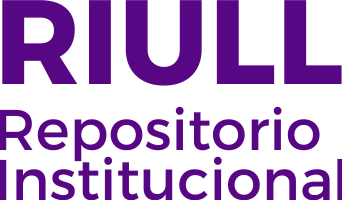Nanofiltration/Reverse Osmosis as Pretreatment Technique for Water Reuse: Ultrafiltration Versus Tertiary Membrane Reactor
Fecha
2017Resumen
The potential for nanofiltration (NF) and reverse osmosis (RO) in secondary effluent
reclamation is noteworthy, but both processes require extensive pre-treatment to
prevent membrane fouling and promote system longevity. In this study, performance
of direct ultrafiltration (UF) and tertiary membrane bioreactors (tMBRs) as feed pre-
treatments were assessed on a pilot scale. Both technologies achieved high organic
matter removal (87 and 93% for UF and tMBR, respectively). Differences in efficiencies
were related to suspended biomass in the tMBR, which enhanced degradation of the
dissolved organic substances (<5 mg/L) and also stabilized process performance by
minimizing residual fouling. Whichever pre-treatment was applied, RO reached higher
rejection coefficients and low fouling levels. Nevertheless, lower normalized flux (12%)
was achieved when the UF effluent was fed due to high concentration of organic
substances. Membrane autopsies by scanning electron microscopy with dispersive X-ray
and Fourier transform IR spectroscopy revealed that organic fouling appears to be
predominant on both NF/RO membranes. The main organic foulants identified were
polysaccharides and proteins. Inorganic foulants mainly consisted of calcium,
phosphorus, and iron. Complete removal of pharmaceutical active compounds was
observed for RO, while NF presented moderate retention coefficients (94, 85, 70, and
27% for atenolol, paraxanthine, caffeine and clofibric acid, respectively).





